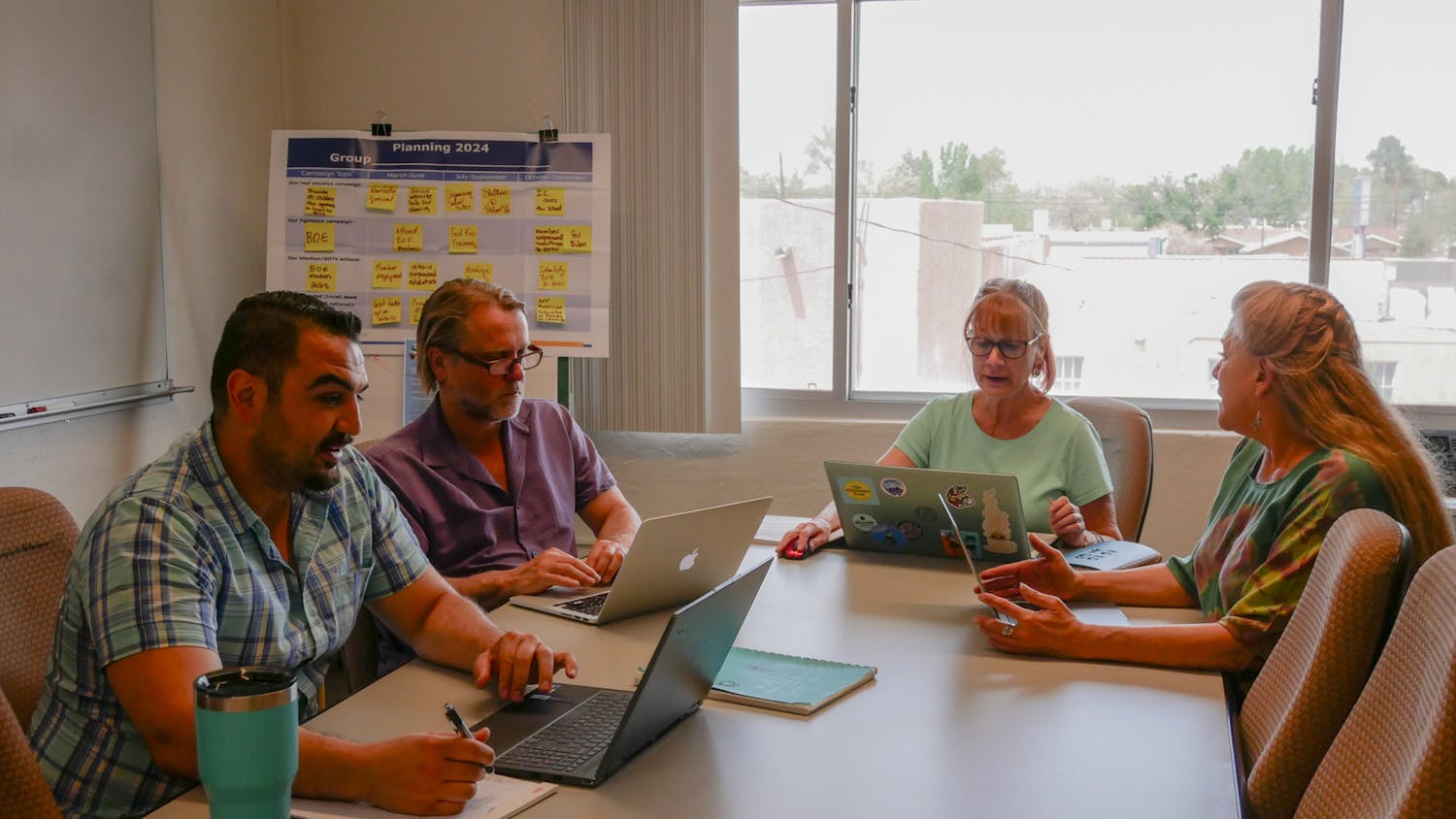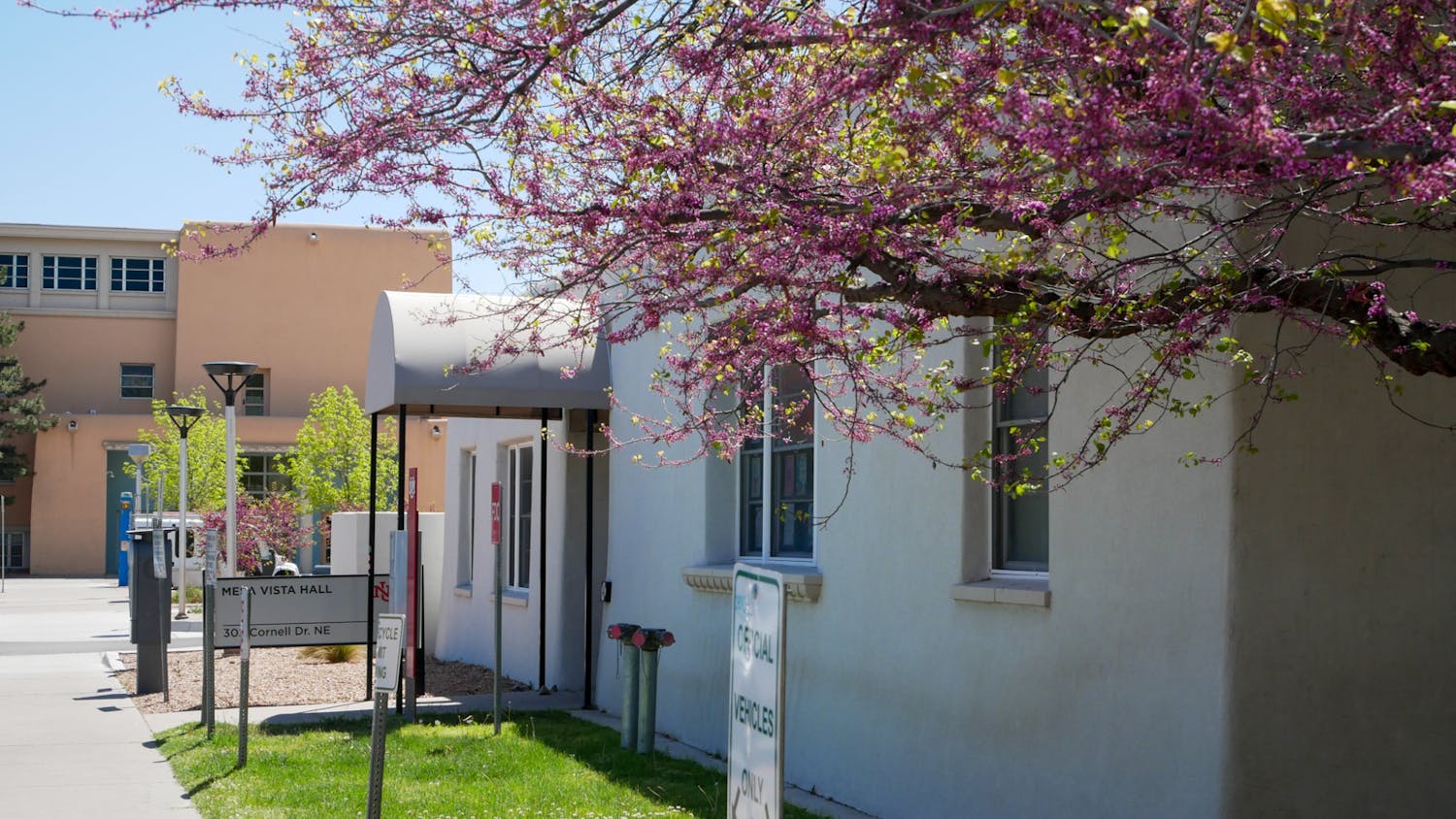news@dailylobo.com
Students face a tough decision when taking on debt to get a college degree that may not land them a job.
According to a report issued in January by Georgetown University’s Center on Education and the Workforce, the unemployment rate of recent bachelor’s degree recipients is 8.9 percent.
But compared to a 22.9 percent unemployment rate for recent high school graduates and 31.5 percent rate for recent high school dropouts, going to college still offers a leg up in the job market.
During a panel discussion sponsored by the UNM University Council on Academic Priorities, panelists said students at UNM are over-burdened by student loan debt.
U.S. Senate candidate and former Republican Rep. Heather Wilson participated in the discussion with University officials Tuesday in an effort to address the costs of higher education and increase the accessibility of education at UNM.
UNM Provost Chaouki Abdallah said the University is not student-friendly. He said UNM focuses on research, but needs to focus on educating students and ensuring that the education provided at UNM prepares students for employment.
“For the first time in many, many, many years, more than 50 percent of students cannot find jobs in the (degrees they wanted),” he said.
According to an Associated Press report, about half, or 1.5 million, of the nation’s college graduates are underemployed or unemployed.
According to the Federal Reserve’s Quarterly Report on Household Debt and Credit, student loan debt in the U.S. is $867 billion, and the average amount a graduate will owe is about $23,000. The report also states that the majority of debt holders are under the age of 30 and borrowers ages 30-39 have the highest average balance at about $28,000.
ASUNM President-elect Caroline Muraida said it is important to identify the reasons students earn degrees. She said UNM must understand which factors influence the scope of students’ educational experience before addressing concerns about tuition, financial aid and graduation rates.
“We are an academic institution, which is the primary place for intellectual growth, so we have to start at the root of a lot of these issues,” she said. “UNM needs community discussions about what issues are plaguing us as a University, that way we can move forward.”
Get content from The Daily Lobo delivered to your inbox
According to the U.S. Census Bureau, only 25.5 percent of New Mexicans aged 25 and older have a bachelor’s degree or higher. The national average is 27.9 percent.
GPSA President Katie Richardson said if the trend continues, fewer and fewer students will be financially able to pursue graduate and doctoral degrees.
“There is a breaking point that I think we’re rapidly reaching in education where it doesn’t actually make fiscal sense to get a master’s or doctorate degree,” she said. “And that’s not good for our economy now and in the long-run.”
But UNM student Jordan Whelchel said education should focus more on learning and less on getting a degree for the sake of a job.
“We were talking about how much we value literature and culture and people really just using education as an end to itself, and that to me is where we ultimately need to go,” he said. “Until we change the profit motive, we are going to keep producing educated people who can’t find jobs to suit their education, which we’re doing now in massive numbers.”
Whelchel said the point of a University should be to produce an educated population, not just job-seekers.
“Centuries ago that’s not how universities functioned; it wasn’t some place you went to get a job,” he said. “What I would really like to see is a universal aristocracy of education where every single person has those opportunities to treat the cultivation of their own minds and their own lives as an end in itself.”
Whelchel criticized government defense spending and argued in favor of increased spending on education.
According to FY 2012 Federal Budget Spending Estimates, the U.S. spent only 3 percent of its budget on education, but spent about 25 percent on defense, 23 percent on health care and 22 percent on pensions, which were the three largest expenditures.
About 37 million Americans have outstanding loan debt, and student loan balances are higher than total credit card debt and auto loan balances in the United States, according to the Federal Reserve.





